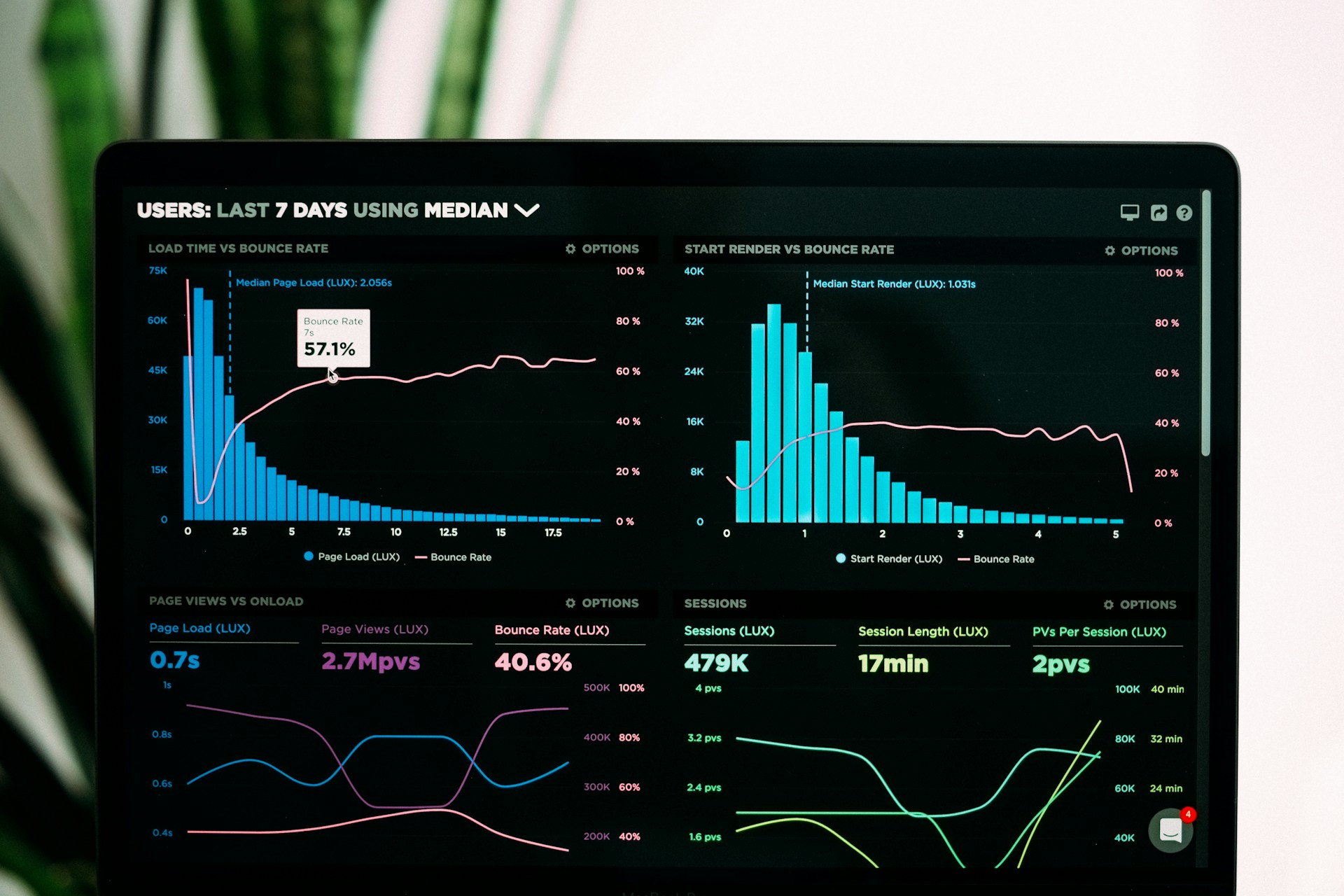Let's be honest, nobody likes a micromanager. It slows down creativity, damages trust, and lowers productivity, especially when your team is working remotely. Managing contractors across different time zones can be tricky. Cultural differences, work habits, and distance can make even small tasks feel complicated.
For startups, digital agencies, and small firms that rely on freelance talent, the real challenge is tracking work without hovering over everyone. In this post, we’ll show you how to set up a system that gives clear insight into performance while letting your team work independently.
Try to Shift From Hours to Outcomes Tracking
The first mindset shift is the most crucial: stop tracking time, start tracking results. When your contractors are scattered across continents, monitoring hours is both impractical and demotivating. A designer in Lisbon may be at peak creativity at 10 p.m., while a developer in Manila works best in the early morning. Measuring output rather than presence respects these differences and drives real results.
Take the example of a small digital marketing agency that hired freelance designers in multiple countries. Instead of asking “How many hours did you work today?”, they set weekly goals for each project: specific designs to complete, drafts to review, or social media content to deliver. Designers reported progress on a shared dashboard, and the agency could see exactly which projects were on track, without sending a single time-tracking ping. Productivity soared, and morale improved because contractors felt trusted rather than watched.
Tools Are Your Friends, But Only If Used Right

Technology can make remote team management feel seamless, or suffocating. The trick is using tools to provide clarity, not control. Platforms like Asana, Trello, or ClickUp let you assign tasks, set deadlines, and see progress at a glance. Shared dashboards in Notion or Google Sheets give transparency without constant check-ins. And for work that requires analytics, like marketing campaigns or design projects, tracking outcomes through tools like Figma Analytics or HubSpot ensures you’re measuring impact, not just activity.
But beware the temptation of intrusive monitoring software. Keystroke trackers and constant screenshots may provide data, but they destroy trust. The better approach is visibility through structured reporting, not surveillance.
Communication is the Secret Ingredient
Even with the right tools, remote contractors can drift off course without structured communication. Effective communication doesn’t mean daily interrogations; it means creating predictable channels for updates and feedback.
Some teams succeed with a blend of synchronous and asynchronous communication. Short weekly video calls can clarify priorities and remove blockers. Daily asynchronous updates—just a few sentences about what was done, what’s next, and any challenges—keep everyone aligned without constant interruption.
Consider a design agency that initially struggled with freelancers across five countries. Deadlines were missed, revisions piled up, and frustration grew. They introduced 15-minute daily standups and a shared weekly progress sheet. Within weeks, projects started hitting deadlines consistently, and contractors reported feeling supported rather than micromanaged. The improvement wasn’t from watching more—it was from communicating better.
Building Autonomy Without Losing Control
Remote contractors thrive when they feel ownership over their work. Giving them responsibility for specific projects or deliverables turns management from oversight into partnership. Documenting processes and standard operating procedures reduces confusion, while encouraging problem-solving empowers contractors to take initiative.
A SaaS startup’s approach illustrates this well. They assigned each contractor full ownership of their marketing campaigns, complete with milestones and clear KPIs. The founder reviewed progress weekly instead of daily, allowing contractors freedom in execution. The result? Faster campaigns, higher quality output, and contractors who felt genuinely valued.
Measuring Performance Fairly and Consistently

Once you’ve established trust and autonomy, tracking performance comes down to consistent, fair metrics. Focus on outputs and outcomes:
- Quality of work: Are deliverables meeting expectations? Are they creative and accurate?
- Timeliness: Are deadlines being met without constant chasing?
- Engagement and initiative: Are contractors communicating effectively and proactively solving problems?
- Client or internal satisfaction: How do stakeholders respond to the work?
Avoid metrics that track activity alone, like time logged or online presence, which can incentivize the wrong behavior. Performance evaluation should reward contribution, not busyness.
Conclusion: Track What Matters
Managing a global team of remote contractors doesn’t have to mean hovering over every task. The companies that succeed focus on outcomes, communication, and accountability, supported by simple tools and clear processes. By shifting your focus from hours to results, fostering autonomy, and maintaining structured communication, you can ensure productivity without sacrificing trust.
Your contractors will produce better work, stay engaged, and feel respected. And you? You’ll get the results you need without burning out or micromanaging. The key takeaway: track what matters, not where it happens. That’s how remote teams—and the companies that hire them—truly thrive.

